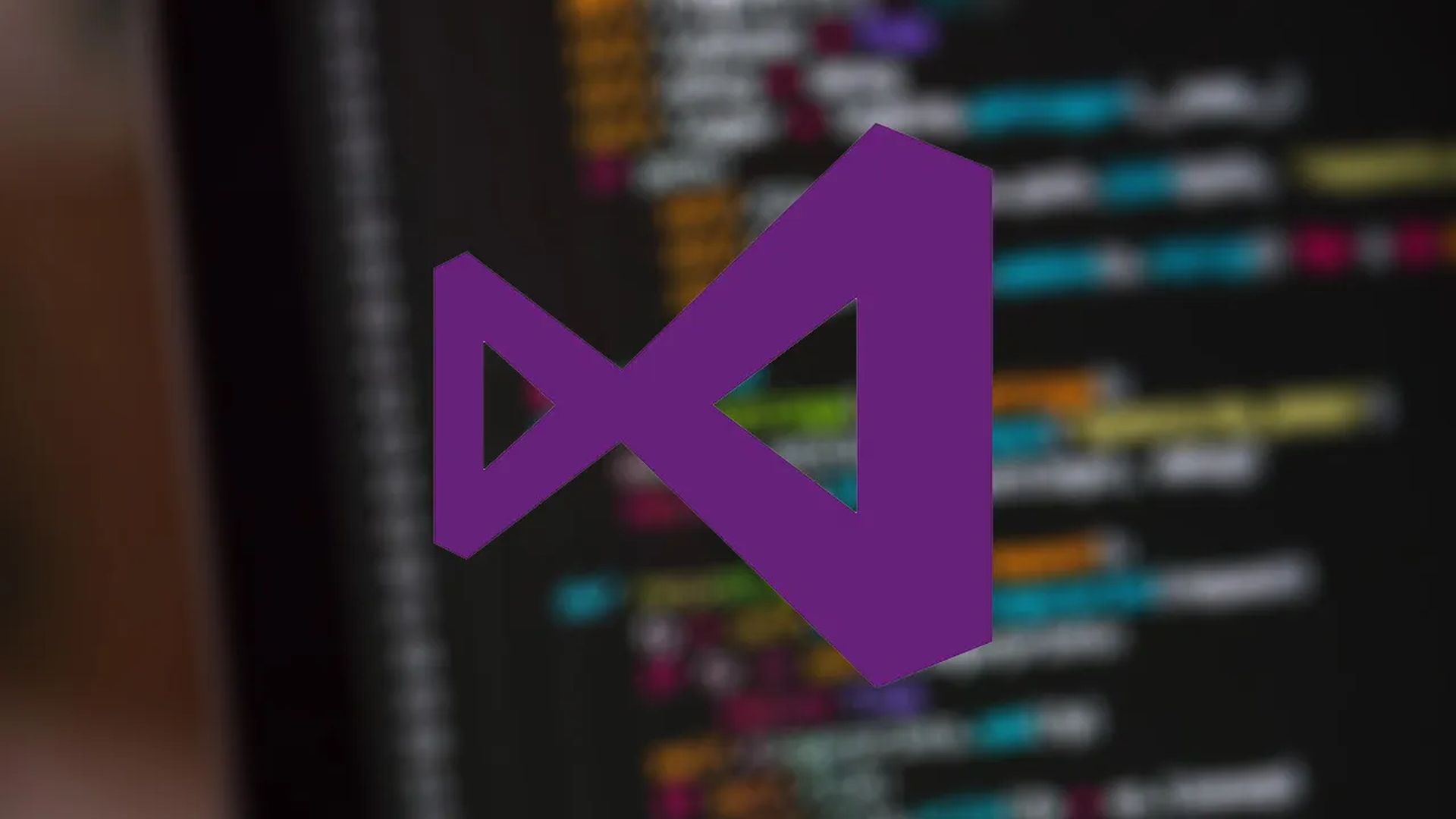Visual Studio 2022 17.3 is released and today we are here to discuss all of its new features. On August 9, Microsoft released Visual Studio 2022 17.3 and.NET Multi-platform App UI (.NET MAUI), an advancement of Xamarin. forms that enhance the ability to construct desktop applications in addition to mobile ones.
Visual Studio 2022 17.3 is out: What’s new?
While.NET MAUI as a standalone framework achieved GA status in May, it didn’t become accessible in the release channel of Visual Studio 2022 for Windows until today.
“We’ve built tools to help you develop your .NET MAUI apps without slowing you down. Hot Reload, Live Visual Tree, and XAML Live Preview speed up your development time by allowing you to apply code changes and see them immediately. With XAML Hot Reload you can make changes to your UI and see them in the running app right away. With .NET Hot Reload you can make changes to your code, save, and see those changes as well,” stated Chris Hardy, program manager on Microsoft’s .NET team, in a blog post.
Indeed, Microsoft developers had long wished for the Hot Reload functionality. It arrived after Xamarin. Forms lag behind competing products like React Native and Flutter, adding XAML Hot Reload capability in July 2019.
Did you know that Microsoft retired Internet Explorer on June 15th?
Microsoft Teams collaboration program
Microsoft also emphasized the compatibility of its Microsoft Teams collaboration program with the Visual Studio IDE, which has transformed into a low-code development tool with the aid of the Teams Toolkit for Visual Studio.
“Using Microsoft Teams as a platform for building apps, you can extend Teams for your app solutions. Teams Toolkit for Visual Studio makes it simple to get started with apps that embed UI in a tab, notify a channel with a customized message, trigger a task from a chat command, and more,” Hardy explained.

Live Unit Testing
The most recent upgrade also includes improved Live Unit Testing, which was shown off in a v17.2 beta back in March.
Unit tests are automatically conducted as part of live unit testing, which reports the outcomes and code coverage in real-time. It reminds developers to write unit tests as they patch issues or add new features by providing feedback on how changes affected existing tests and whether the new code is covered by any existing tests when code is modified.
“Live Unit Testing now scales better for larger solutions by making the builds scoped to only what is needed and building projects in parallel. Other improvements to the Live Unit Testing build mechanism provide for more reliable builds and support for a wider variety of solutions. It is now easier to get your solution set up for live unit testing with the introduction of a setup wizard to configure Live Unit Testing in just a few steps. Other improvements include the ability to cancel redundant test runs and making it easier to understand progress by surfacing operations and errors in the Live Unit Testing Window status bar,” Hardy stated.
Azure Container Apps
At the company’s important Build developer conference in May, this option became generally available. Being built on robust open source technology in the Kubernetes ecosystem, it enables users to operate microservices and containerized apps on a serverless platform.
The new Azure Container Apps service, which can be used for immediate deployment or configuration using GitHub Actions, now has support in Visual Studio 2022 17.2 as well.
Today, Hardy provided further information about the service, pointing out that it supports automatic CI/CD setup using GitHub Actions as well as on-demand deployment through a right-click command.

“Azure Container Apps enables you to run microservices and containerized applications on a serverless platform. With Container Apps, you enjoy the benefits of running containers while leaving behind the concerns of manually configuring cloud infrastructure and complex container orchestrators,” Hardy said.
“Visual Studio will help you choose existing Azure resources, or create new ones to be used to deploy your app. It will also build the container image using the Dockerfile in the project, push this image to ACR, and finally deploy the new image to the container app selected,” he added.
Other highlights of the release include:
- IEnumerable Visualizer: Hardy said that developers could “Take a look at a few highly requested improvements in IEnumerable visualizer like Filtering, Theming, and CSV export. You can read more about these improvements on our blog here.” https://devblogs.microsoft.com/visualstudio/ienumerable-visualizer-improvements/
- C++ Improvements: The team implemented a new feature to enable low-priority builds in the IDE in response to developer suggestions that it should restrict CPU utilization during C++ builds. To prevent undefined behavior, new static analysis checks for std::optional were also developed in response to additional comments. “We have also been working hard on performance enhancements for C++ developers. In 17.3 you will find that Visual Studio indexes and colorizes your C++ code faster than ever. Amongst the improvements seen is a 2X speed improvement in indexing a new C++ Unreal Engine 5 solution,” Hardy stated.
- What’s New? Developers can learn more by updating Visual Studio or selecting Help > What’s New.
- Git Line-staging: This is supported by the ability to stage particular lines of code and/or sections of code directly from the editor into the diff view. “To get started, stage one of your recent changes by selecting the corresponding color margin and utilizing the Peek Difference UI to stage your change. Read our blog post to learn more and share your feedback,” Hardy said.
- Show Tabs in Multiple Rows: In order to open more horizontal tabs simultaneously, you can wrap tabs into multiple rows, which was introduced in v17.3 Preview 1 back in May. This post contains more information regarding this popular developer community feedback idea.
- Reopen Closed Documents: By right-clicking a tab using the Ctrl+K or Ctrl+Z keyboard keys, or by going to the menu item under Window > Restore Closed Tab, developers can now open the last tab they closed.
Visual Studio 2022 17.4 Preview 1
The release notes for the first preview of the upcoming version were also provided by Microsoft today.
“Version 17.4 will be the first version of Visual Studio generally available as a native Arm64 application,” Hardy stated.
“We are excited to announce that the release of Visual Studio 2022 17.3 Preview 2 is now available as a native Arm64 application on Windows 11! This will be the first version of Visual Studio that will natively support building and debugging Arm64 apps on Arm-based processors,” Microsoft said.
Regardless of which version was released first, it seems like Visual Studio is now a native Arm64 application. Version 17.4 will also be the third version to be supported for 18 months via the long-term servicing channel (LTSC). According to Hardy, who promised a further post on the first preview, feedback during the preview cycle is crucial to achieving the high expectations of developers for the final product.

As of right now, two new features have been added, according to the release notes: Remove out-of-support components and Roll back to your previously installed version of Visual Studio, respectively. Regarding the latter, the press statement says:
“The second new feature included with the Visual Studio installer is the ability to easily remove all of the components that have transitioned to an out-of-support state. Both Developers and IT administrators can invoke this action to bulk uninstall these unsupported components, which will facilitate maintaining a secure and compliant environment. Part of this feature is being delivered in Preview 1, and the rest will come online with Preview 2.”
Other notes cover.NET productivity, code search and navigation, Git tooling, and many other topics.
Is Visual Studio 2022 free?
Yes, it is. The Community Edition of Visual Studio supports a range of tasks, including desktop and web development. Options are available for selection during installation. The free version of Visual Studio is called Visual Studio 2022 Community Edition. Any independent developer can utilize it to produce their own premium or free apps.
Which version of Visual Studio is best?
The answer depends on how you currently using Visual Studio.
The enhancements made in Visual Studio 2022 are expected to be useful for solo developers of all skill levels, and they will want to become as familiar as soon as possible with the new and improved functions before the official release.

You can start utilizing the Visual Studio 2022 Preview in a number of ways if you choose to update.
Installing Visual Studio 2022 alongside your existing build of Visual Studio 2019 is the simplest option. You can try the cloud-based version if you don’t want to install it locally. Maybe you’ve used Microsoft Visual Studio Online before. Additionally, VS 2022 can be used from the command line.
What’s the difference between Visual Studio 2019 and 2022?
The accessibility of Visual Studio 2019 was enhanced by a number of features, and even more accessibility features were added to Visual Studio 2022. Users can change the interface to increase visibility and organization and work better with permitted extensions without having to rely on plugins or add-ons.
In Visual Studio 2022, Intellicode may fill in entire lines of code thanks to increased comprehension of the coding context.
This only functions with C# in the current preview mode, but Microsoft will be adding other languages as the actual release date draws near. By offering easier-to-read step-by-step, contingent breakpoint, and flame charts to help programmers find problems with both local and remote code, the core debugger streamlines the decompiling of code.
A more user-friendly and intuitive development environment is provided by Visual Studio 2022. This includes more possibilities for personalizing the IDE’s appearance and feel (you may, for example, match it to your Windows theme) and the capacity to set up a document management system that works for you.

The entire toolkit for C++ 20 is included in Visual Studio 2022. That is a great addition for Windows developers since that is the language used to create Windows.
The current builds have a number of significant enhancements, according to the preview notes for VS 2022. The new version of the IDE should make C++ programming simpler thanks to improved IntelliSense capabilities and stronger debugging and analysis tools.
Hot Reload, which was initially made available in Visual Studio 2022, makes it possible to update running versions of your.NET or C++ apps. A novel method for editing your code while debugging is called “Hot Reload.”
In other words, it allows you to modify the code without interrupting or restarting the application. All developers have experienced or can envision scenarios where this will be useful!





